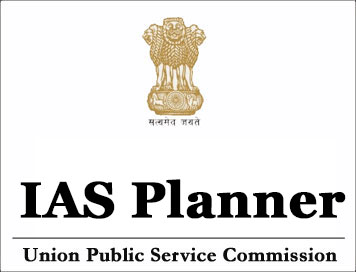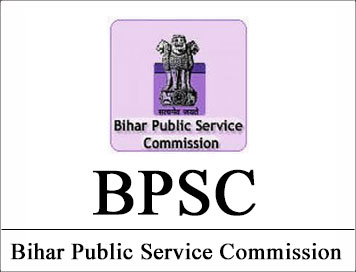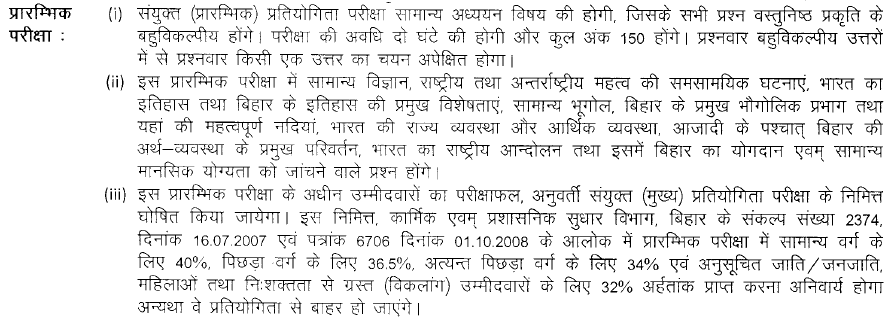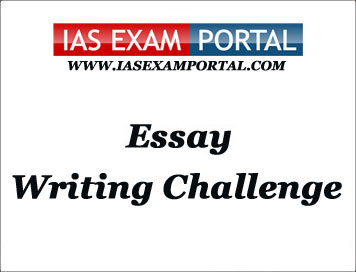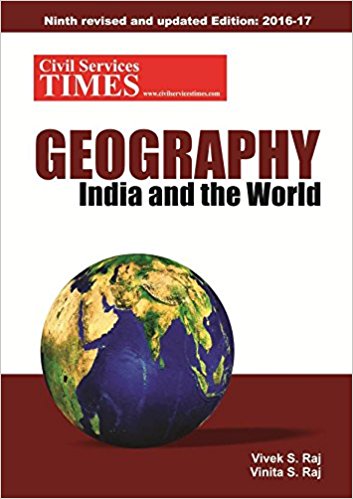
(Download) UPSC IAS Mains Exam 2017
English Compulsory
Exam Name: UPSC IAS Mains English Compulsory
Marks: 300
Time Allowed: 3 Hours
Q1. Write an essay in about 600 words words on any one of the
following topics : (100 Marks)
(a) Recent Economic Reforms in India
(b) Threats to Environment
(c) Uses and Abuses of Social Networking
(d) Caring for this Aged
Q2. Read carefully the passage given below and write your answers
to the questions that follow in clear, correct and concise language: (15x5=75 Marks)
Man, since antiquity, has been an inveterate traveller. Only the
motivations for travel have changed. In ancient times, the main motivations for
travel were trade, pilgrimage and conquest. It is not often realised how
extensive were the contacts among the people several thousand years ago. For
instance, there was considerable interchange of ideas and knowledge between
India and West Asia and the Graeco-Roman civilization.
Travel became the means of acquiring culture in Europe. The
tradition of the Grand Tour which started in the 17th century was more firmly
established in the 18th and the 19th centuries by the emergence of an affluent
mercantile class. After the Second World War, Europe lay in ruins. The Marshall
plan which was introduced by the United States for the revival of the economies
of Europe countries made tourism as one of its planks. It provided large amount
of money for the reconstruction of hotels and tourism infrastructure of Western
Europe. What was more significant was that for the first time tourism was viewed
as an engine for economic development. This made the Governments start assuming
responsibility for the promotion of tourism.
Three technological inventions have fuelled the growth of travel
on a large scale in successive periods. First, steam engine which made travel by
rail and steamship possible before 1914; then the internal combustion engine
which popularized travel by automobile in the inter-War years and lastly, the
jet propulsion engine which has led to the international tourist explosion of
the post-War era.
The Government of India also took note of the new phenomenon of
tourism and its economic implications. In 1947, the private sector consisted of
a number of hotels and travel agencies in the cities mainly owned and operated
by foreign interests. As it happened in other industries after Independence, the
control of many of these hotels passed into the hands of Indian entrepreneurs.
At the same time, a number of new indigenously owned and operated travel
agencies and hotels started being set up. In the last 50 years, the Indian
travel industry has shown remarkable enterprise. Some of the leading Indian
hotel groups and travel agencies have branched out overseas and their
performance is highly regarded in the international tourism, markets.
The tourism revolution which started in full measure 50 years
ago has not run its course. There are several reasons for taking a long-term
optimistic view of tourism. First, the increase in leisure time in
industrialised societies; paid holiday which were introduced as a social welfare
measure have now become an accepted feature not only in industrialised countries
but also in many developing countries. The length of paid holidays has
increased. The working week, both in public and private sectors, has come down
to 40 hours, spread over 5 days. Evidently Governments will have to concern
themselves with the quality of use of leisure. Tourism has become a preeminent
form of recreation for the younger people. This is reflected in the increase in
travel in the age group of 18 to 25 years. Second, the rise in literacy and
educational standards. Third, better health care has made it possible for
retired persons, above 60 years, to undertake travel for pleasure. Fourth, the
increase in discretionary incomes in real terms in the last twenty years, partly
due to two income families with fewer children. Tourism is highly susceptible to
income elasticity. Many research studies have established that increase in
income level in real terms results in increase in propensity for travel. And
lastly, taking a vacation, generally twice a years, has become a way of life in
modern societies.
(a) What, according to the author, were the main motivations for
travel in ancient times?
(b) What was the state of tourism in Europe and the United States?
(c) What part did technology play in the growth of tourism?
(d) How does the author describe the state of tourism in the post-Independence
India?
(d) Why does the author think that there is a bright future for tourism in
modern societies?
Q3. Make a precis of the following passage in about one-third of
its length. Do not give a title to it. The precis should be written in your own
language : (75 Marks)
The work of a lawyer or a politician must contain in a more
delectable form a great deal of the same pleasure that is to be derived from
playing bridge. Here, of course, there is not only the exercise of skill but the
outwitting of a skilled opponent. Even where this competitive element is absent,
however, the performance of difficult feats is agreeable. A man who can do
stunts in an aeroplane finds the pleasure so great that for the sake of it he is
willing to risk his life. I imagine that an able surgeon, in spite of the
painful circumstances in which his work is done, derives satisfaction from the
exquisite precision of his operations. All skilled work can be pleasurable,
provided the skill required is either variable or capable of indefinite
improvement. If these condition are absent, it will cease to be interesting when
a man has acquired his maximum skill. A man who runs three-mile races will cease
to find pleasure in this occupation when he passes the age at which he can beat
his own previous record. Fortunately there is a very considerable amount of work
in which new circumstances call for new skill and a man can go in improving, at
any rate until he has reached middle age. In some kinds of skilled work, such as
politics, for example, it seems that men are at their best between sixty and
seventy, the reason being that in such occupations a wide experience of other
men is essential. For this reason, successful politicians are apt to be happier
at the age of seventy than any other men of equal age. Their only competitors in
this respect are the men who are the heads of big businesses.
There is, however, another element possessed by the best work,
which is even more important as a source of happiness than is the exercise of
skill. This is the element of constructiveness. In some work, though by no means
in most, something is built up which remains as a monument when the work is
completed. We may distinguish construction from destruction by the following
criterion. In construction, the initial stage of affairs is comparatively
haphazard, while the final state of affairs embodies a purpose; in destruction,
the reverse is the case : the initial state of affairs embodies a purpose, while
the final stat of affairs is haphazard, that is to say, all that is intended by
the destroyer is to produce a state of affairs which does not embody a certain
purpose. Destruction, is of course necessary very often as a preliminary to
subsequent construction; in that case it is part of a whole which is
constructive. But not infrequently a man will engage in activities of which the
purpose is destructive without regard to any construction that may come after.
Frequently he will conceal this from himself by the belief that he is only
sweeping away in order to build afresh, but is generally possible to unmask this
pretence, when it is pretence, by asking him what the subsequent construction is
to be. On this subject it will be found that he will speak vaguely and without
enthusiasm, whereas on the preliminary destruction he has spoken precisely and
with zest. This applies to not a few revolutionaries and militarists and other
apostles of violence. They are actuated, usually without their own knowledge, by
hatred; the destruction of what they hate is their real purpose, and they are
comparatively indifferent to the question of what is to come after it. Now I
cannot deny that in the work of destruction as in the work of construction there
may be joy. It is a fiercer joy, perhaps at moments more intense, but it is less
profoundly satisfying, since the result is one which little satisfaction is to
be found. You kill your enemy, and when he us dead your occupation is gone, and
the satisfaction that you derive from victory quickly fades. The work of
construction, on the other hand, when completed, is delightful to contemplate,
and moreover is never so fully completed that there is nothing further to do
about is. The most satisfactory purposes are those that lead on indefinitely
from one success to another without ever coming to a dead end; and in this
respect it will be found that construction is a greater source of happiness than
destruction. (735 words)

